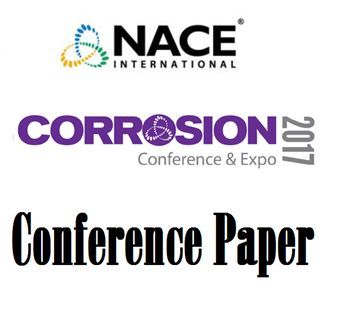Search
02107 Using Coupons to Monitor the Effectiveness of Tank Bottom Cathodic Protection
Also Purchased
08058 Prevention of External (Soil Side) Corrosion on Storage Tank Bottom Plates by Cathodic Protection System
Product Number:
51300-08058-SG
ISBN:
08058 2008 CP
Publication Date:
2008
$20.00
Premature Failure of API 650 Oil Storage Tank Bottom Plates Due to Soil Side Corrosion
Product Number:
51317--9025-SG
ISBN:
9025 2017 CP
Publication Date:
2017
$20.00
11319 Cathodic Protection of Bottom Plates of Above Ground Crude Oil Storage Tanks
Product Number:
51300-11319-SG
ISBN:
11319 2011 CP
Publication Date:
2011
$20.00




